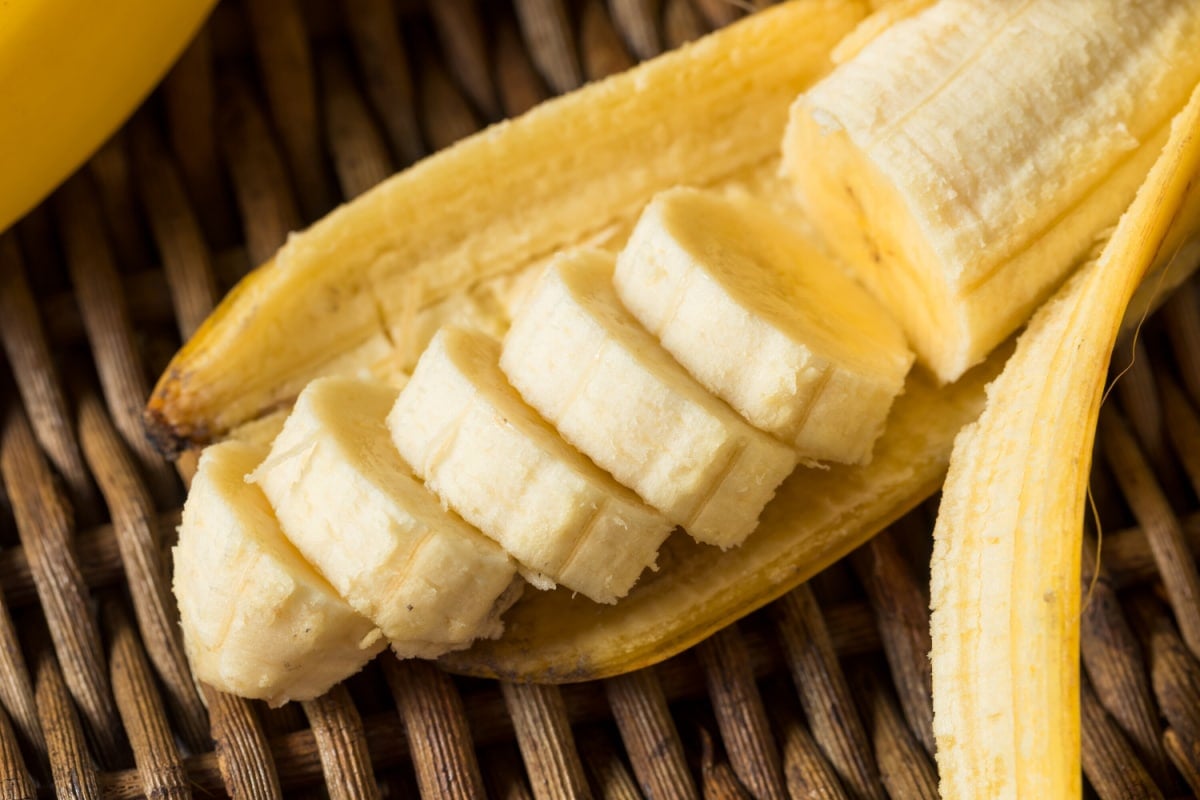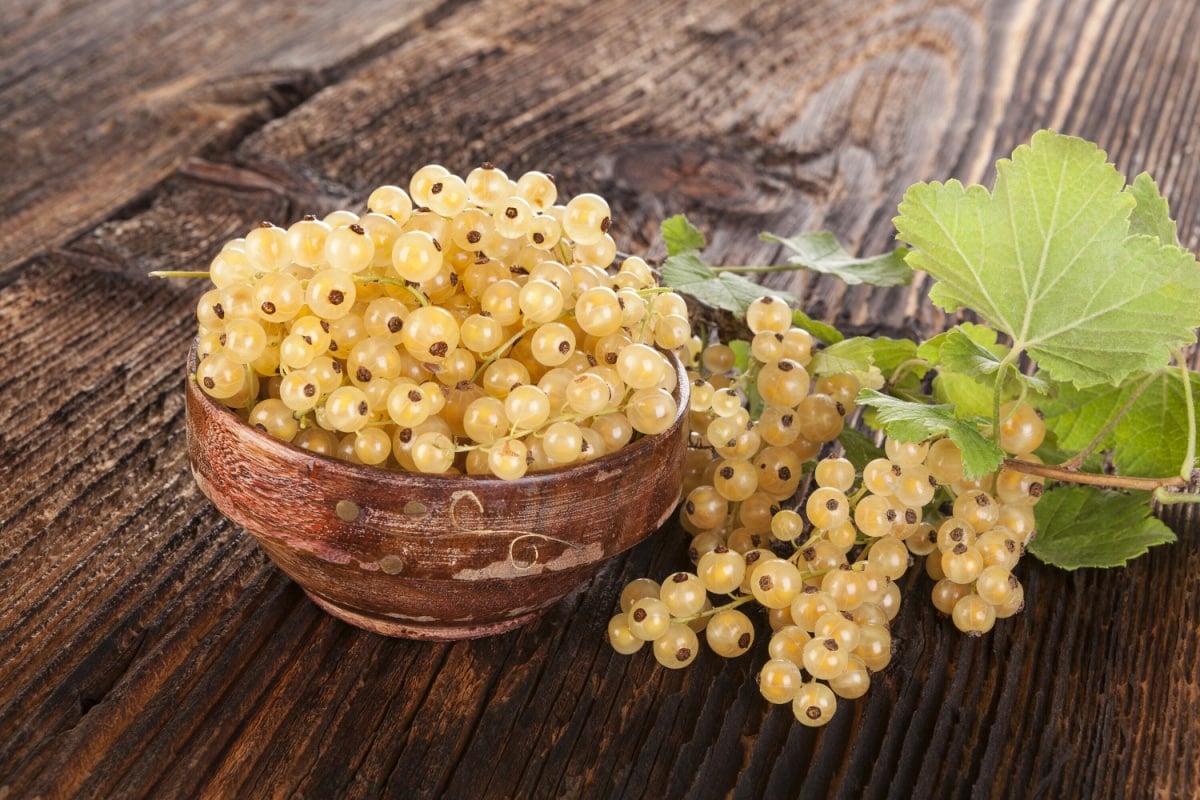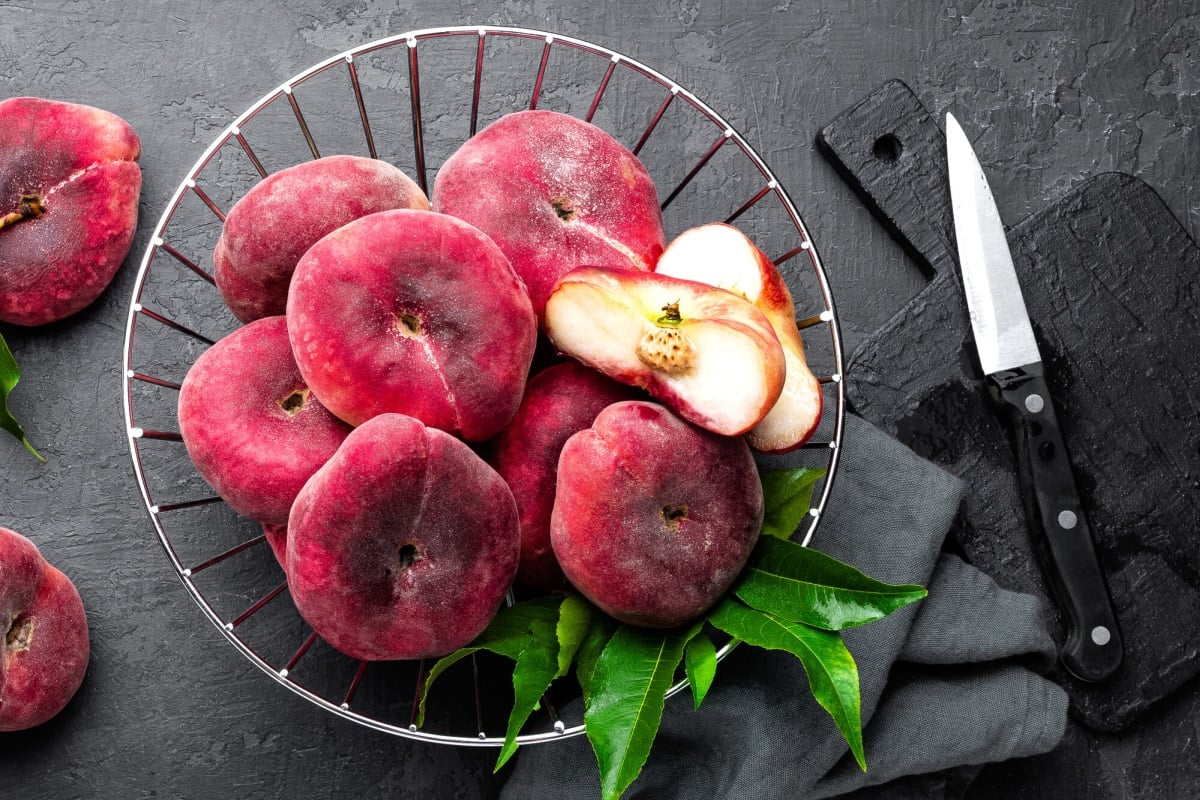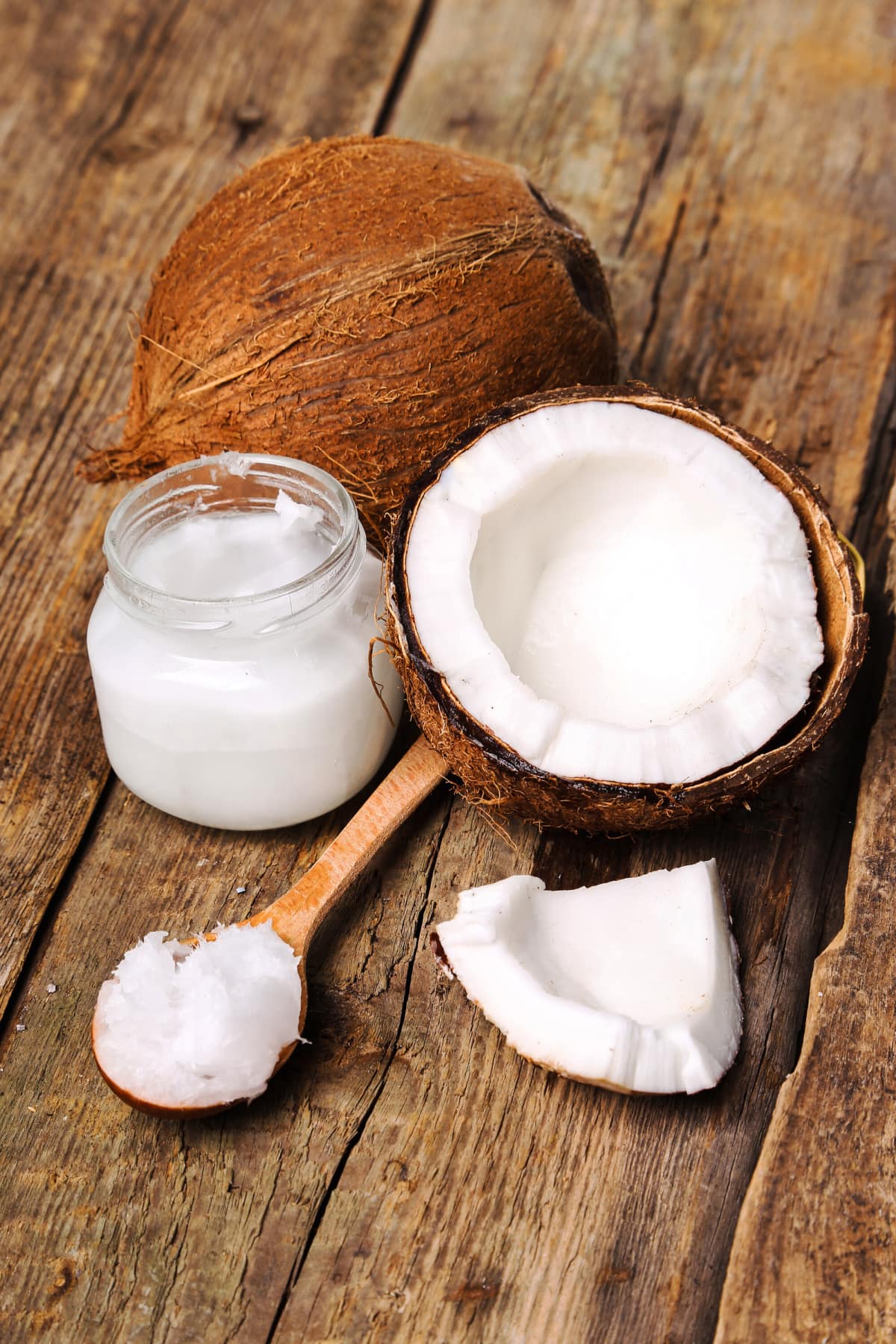White Fruits
White Fruits:
It is not that difficult to expand your consumption of various colors of fruits. White fruits provide numerous health benefits. White fruits are high in minerals, vitamins, and other components that help the body’s numerous processes.
Also see Yellow Fruits, Pink Fruits, Green Fruits, and Purple Fruits.
Here are a few of the lovely white fruits, along with their health advantages.
White Mulberries:
Mulberries are not always tasty, but they are also completely safe to eat raw, boiled, or otherwise processed. White mulberries, are delicious and have a honey-sweet flavor with delightful fruity tastes.
Not only that, but they’re also healthy. White mulberries are abundant in vitamin C and also have anti-inflammatory properties, with about 40 percentage points of daily values per 100 grams. White mulberries are also high in iron.
Banana:
Bananas are known for their high potassium content, which is assumed to lower blood pressure and so lessen the chance of a heart attack and strokes. Vitamin B6 is found in them. Bananas may also help you to relax, according to certain studies.
Put the bananas inside the fridge if you are worried, they’ll get overripe before you consume them. This will help to slow down the process of ripening, or you may peel them and freeze them to use in smoothies.
Green bananas should not be stored in the fridge. According to experts, the cold would prevent them from developing fully.
White Currants:
White currants are a type of red currant that does not develop the normal red color. They are however transparent white with really thin skin that allows users to view the seed.
White currants are beneficial to consumers because they have a sweet, less acidic flavor and are a good source of Vitamin c, which has anti-inflammatory and anti-aging properties.
Pear:
Apart from Asian pears, pears are among the few fruits which do not fully mature while on the tree. As a result, any pear you buy will almost certainly take a little time to develop to completion.
Place it on the counter rather than in the refrigerator, or place it in a paper bag alongside apples or bananas.
Ethylene gas is released by the fruits, hastening the ripening process. Copper, vitamins K and C, potassium, and fiber are all abundant in them. They could also aid digestion and reduce the risk of stroke.
Baobab:
The Baobab fruit is produced by the powerful Baobab trees. Although it is white inside brown from the outside, it is considered a white food in certain groups.
The white Baobab fruit is a good source of Vitamin c and has antioxidant, wound-healing properties, and is anti-inflammatory.
White Peaches:
White peaches are generally medium-sized fruits with a round, or oval shape according to type. The fruit’s exterior is semi-thin and slightly bruised, with an ivory base coloring, a coating of silky softness, and a layer of pinkish color.
The flesh is delicate, soft, and watery beneath the surface, enclosing a center, light brown hole that really can be either a freestone that can be simply removed from the flesh.
The flesh is also white, with red spots surrounding the pits or just beneath the skin. Low acid in the flesh contributes to a moderate, sweet, and faintly aromatic flavor.
White Blackberry:
White blackberries are a new blackberry cultivar with a bright white tint. These white blackberries are sweeter and less harsh or tart than blackberries.
White blackberries are highly nutritious and help to maintain bowel health by promoting the growth of beneficial bacteria in the stomach.
They are especially high in vitamin C, which has anti-inflammatory properties as well as advantages for gums and teeth. They also have minor blood pressure-lowering properties.
Bosc Pears:
With its extended thin neck, the Bosc pear rises a head taller than some other pears. The Bosc pear has a leathery texture and can include yellowish or greenish tints.
The white flesh of the pear is delicious, crispy, and solid. If a recipe asks for boiling, Bosc pears are a wonderful option because they hold their shape and don’t turn to a pulp when cooked. They are best for baking and consuming fresh.
White Watermelon:
White watermelon is just a white-fleshed kind of watermelon that tastes as excellent as red watermelon and it is just as nutritious. Many kinds are even sweeter.
White watermelon is a refreshing summer snack that is also healthy to eat. Citrulline, which is found in white watermelon, is good for blood flow and athletic performance.
Coconut:
Coconut is a fruit, sometimes known as a dry drupe, that grows on the coconut palm. Its origins are in Indo-Malaya, and it is among the most important tropical fruits.
It is round, fruit with white, fibrous, oily flesh covered in a thick, brown, furry shell. They are protected by a fibrous kernel. So, when fruit remains tender, it releases a liquid that is utilized as basic food in several areas.
Dates:
Dates are indeed the fruits of the palm tree. In Western nations, mostly all dates are dried. Ripe dates vary in size and coloring, ranging from brown to bright yellowish, due to the type.
And the color of Flesh is sugary white. Because they are dried, they have a higher calorie intake than most fresh fruits. Dates have almost similar nutritional values to certain other dried fruits including figs and raisins.
Conclusion:
Although everyone gravitates towards the darkest food hues, white fruits are incredibly healthful. White fruits are just as nutritious for you and worthy of having in the diet.
White foods have everything, from highly bioactive elements with known anticancer properties to anti-inflammatory properties and nutritional values.
Also, see these colored vegetables:
If you enjoyed this post about White Fruits and would love to see more, join me on Youtube, Instagram, Facebook & Twitter!
Get discounted copies of my cookbook here.
Fortunately, because of the ads on our website, readers and subscribers of Healthier Steps are sponsoring many underprivileged families. Thank you!
Also, please leave a star rating! ;-)














Thank you for sharing this healthy fruit
Amazing white fruits I really Love it